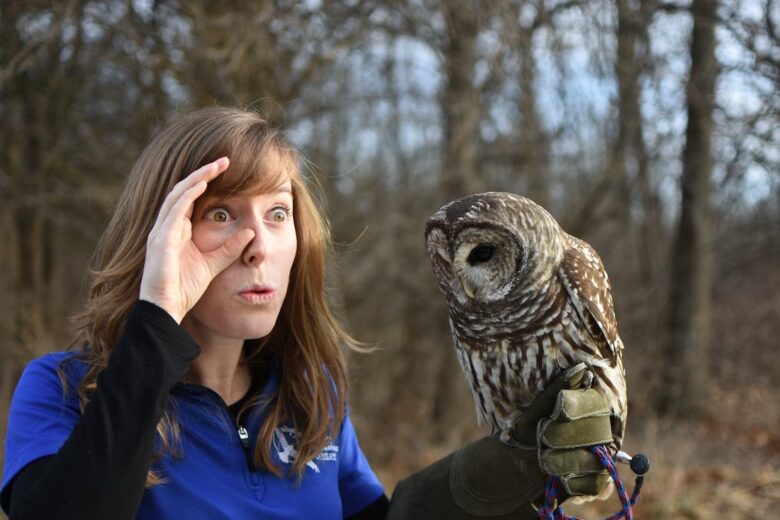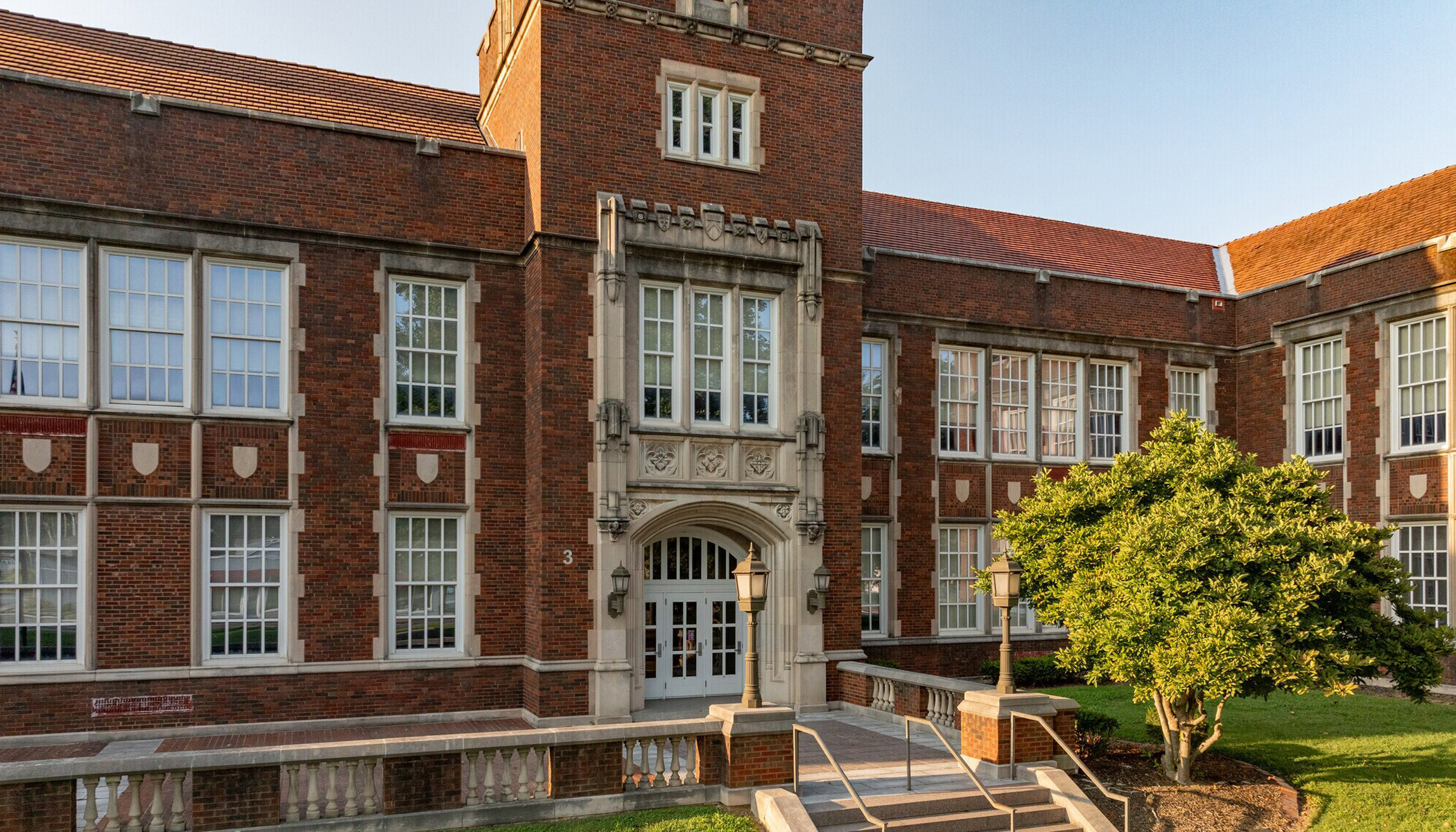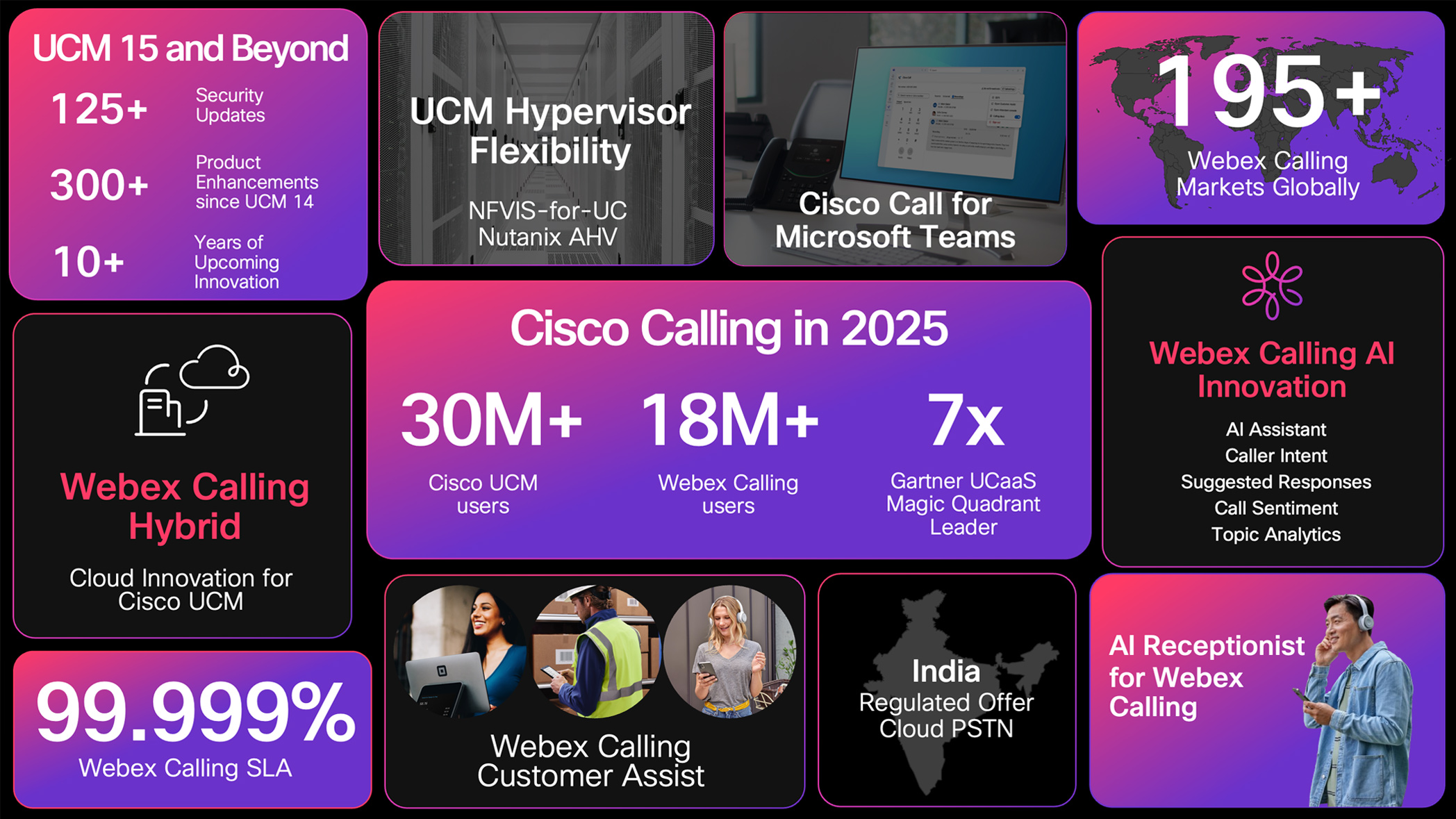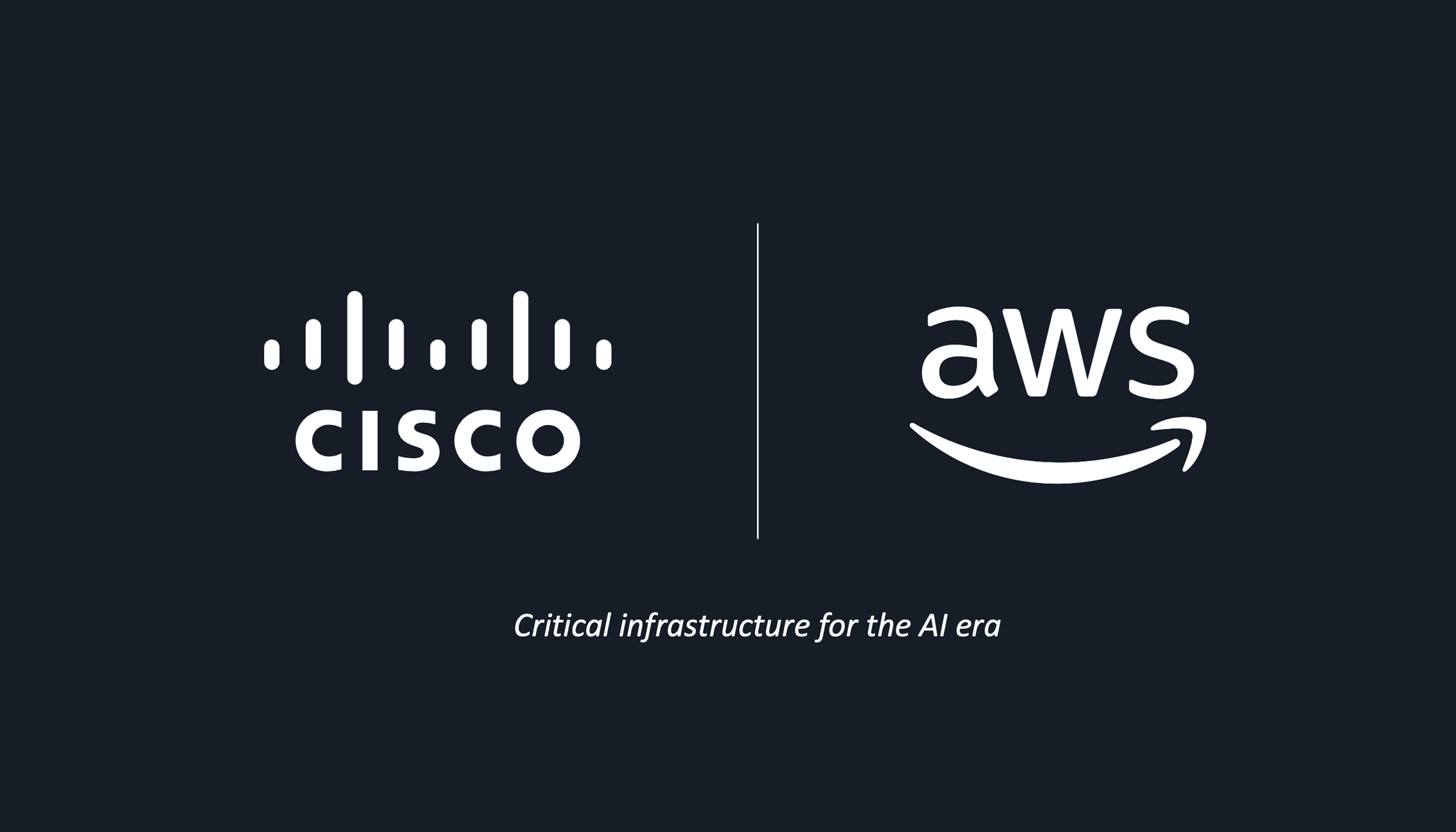Nothing beats getting to witness that aha moment when a student learns something new. Their eyes light up, you can see the concept click, and watch their growing excitement to learn more. The team at the Leslie Science & Nature Center experiences these moments regularly. The Michigan-based organization reaches students all around the world with virtual and in-person STEM programs. Whether second graders or senior citizens, everyone’s welcome to explore what the Leslie Science & Nature Center (LSNC) has to offer.
“Our primary mission is to create opportunities and moments of discovery to learn more about the STEM world as well as the natural world. We do a whole variety of STEM-based education for folks of all ages,” said Lannis Smith, education program manager at LSNC.And by leveraging the power of video conferencing, they have been able to reach students across the globe, not just in their local community. LSNC is part of the Ann Arbor Hands-On Museum, and both organizations have a long history of delivering virtual STEM experiences. However, after the pandemic limited in-person interactions, they scaled their virtual programs even further.
Creative distance learning programs, powered by video conferencing
With travel restrictions and visitors to LSNC severely limited, the LSNC team brainstormed creative new ways to connect with people virtually.Virtual wildlife encounters
They launched virtual wildlife encounters where people can schedule time to meet an animal from the nature center on video and learn more about it. “It could be an owl coming in virtually for your birthday party or maybe you’re looking to spice up a business meeting by bringing something like a bat or a snake to introduce the topic at hand,” Smith said. While many of their events were previously tailored to schools, the accessibility of the virtual wildlife encounters showed them that they could reach a wider audience. “It allows us to be really creative with both utilizing our wildlife educators and serving a different kind of community outside of the school groups.”Virtual STEM Nights
It wasn’t only their in-school wildlife programs that benefitted from going virtual; LSNC also transformed their popular Family & Science Nights into engaging virtual events. “In the past, we’ve done these large after school programs that we call Family & Science Nights, which kind of look like a giant science fair. We bring a series of 20 different experiments in the gym and students and their families come participate for the evening,” Smith said. Over the last couple years, they’ve pivoted this event into a virtual format they call Virtual STEM Night. The LSNC staff do a series of experiments and demonstrations via video meetings and also give attendees a list of materials to gather at home so each family can do the experiment from their own homes during the event.“It’s an awesome community-based program. You still feel that energy and that vibe that you would have gotten if you were in the gym, doing all those activities at once,” Smith said. “You can really see the kind of aha moment light up on their face even if they’re doing it at home over Webex.”In addition to helping LSNC reach audiences while respecting local health regulations that limit large gatherings, the virtual format also makes the program more accessible to groups who would have not been able to afford a big in-person experience, Smith said. LSNC’s distance learning programs, including new ones like the wildlife encounters and the Virtual STEM Nights, have been so successful that they plan to continue them for years to come. “We receive a lot of praise and encouragement from our participants and our partners for our virtual programs. I don’t see us stopping anytime soon,” Smith said.
Building on a virtual learning legacy to reach more students around the globe
During the pandemic, LSNC and the Ann Arbor Hands-On Museum also expanded their existing distance learning programs, seeing a significant uptick. Both LSNC and the Ann Arbor Hands-On Museum have been offering virtual learning experiences for several years, providing engaging sessions around topics ranging from fossils and fractions to states of matter and animal adaptations. The virtual approach allows them to connect with students around the world.“We’ve seen audiences from the northernmost tip of Canada, we’ve seen audiences in Mexico, as well as Australia,” Smith said. “In fact, we’ve even had audiences join us for events from the Netherlands too. Distance learning programs with Webex allow us to reach audiences that we would never have had the chance to see if we just focused on our local community.”To keep the programs interactive, they ship participating schools a box of supplies for an experiment or activity the students can do in real time during the event. “For example, we have a classic winter program, we call ‘Critters in the Cold’ and it’s all about animals that live within the Antarctic,” Smith said. “We talk about how mammals keep themselves warm by sending them blubber gloves that they make to understand how fat can work.”
Partnering to support students in remote communities
A core partner in their distance learning efforts is Connected North, a Cisco-founded program that fosters student engagement and enhanced education outcomes in remote Indigenous communities throughout Canada, leveraging Webex video conferencing technology. “We partner with Indigenous communities supporting students in schools that are located in very isolated regions who are suddenly able to connect with experts and innovators, scientists, Indigenous role models, artists, and world leaders through video conference technology,” said Jennifer Corriero, Executive Director and co-founder of TakingITGlobal, which runs Connected North. Through the Connected North program, LSNC and the Ann Arbor Hands-On Museum hold virtual STEM events for students across Canada. Check out this video to learn more about Connected North: As a result of their Connected North partnership, LSNC and the Hands-On Museum have also deepened their use of Webex to power their distance learning programs. While they often use whatever meeting platform schools or other audiences request, they have seen a major surge in their Webex usage. “During the pandemic, our usage of Webex greatly increased because many of the Connected North students could connect to Webex at home and that allowed us to expand our horizons regarding the different platforms that we could utilize,” Smith said.Leveraging video conferencing technology for engaging virtual learning
LSNC and the Ann Arbor Hands-On Museum take advantage of the full range of video conferencing features Webex offers to ensure their virtual programs are engaging and interactive.“We try to utilize as many features through Webex as possible, not only so we’re well versed in it, but also to give our audience an engaging experience rather than just sitting here and looking at my face for an hour,” Smith said.Here are some examples of how they’re leveraging the latest technology to engage with students: Meeting chat: The chat panel during meetings helps facilitate audience participation and make sure everyone’s included. “We almost always utilize the chat room feature,” Smith said. “It allows us to have those group discussions, or if somebody has to stay muted, but still wishes to participate, they can.” Raise hand: Students can unmute and ask questions, and Smith and her team utilize Webex’s raise hand feature so they can easily identify which students to call on. Screen sharing & virtual backgrounds: The instructors share their screens frequently so students can see additional content from the instructor’s desktop, through a document camera, or another external camera. They also use immersive share to project content behind them while they’re talking. Multiple camera angles: Smith and her colleagues pair Webex with various cameras to make sure students have a full view of what’s going on. “We use a variety of different cameras or camera angles, depending on the kind of materials we utilize,” Smith said. “If we’re making slime, for example, or if we’re trying to show something up close, we have a microscopic camera that we use to show the details through Webex.” Recording & closed captions: They leverage the recording feature to record a session so participants who missed it could watch later, using the real-time closed captioning that Webex offers to make it even more accessible for people viewing afterward to follow along.
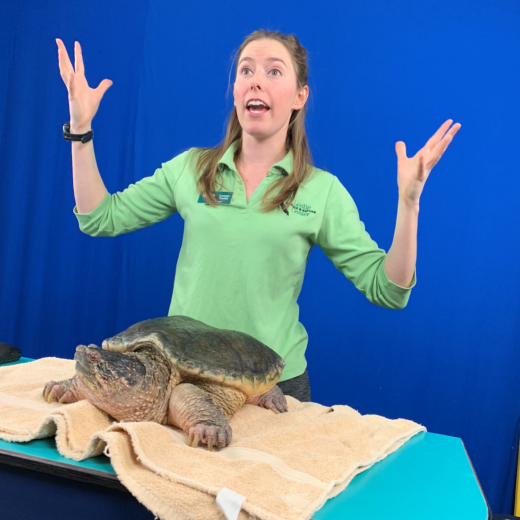
What’s next?
Looking ahead to the future, LSNC and the Hands-On Museum hope to build long-term partnerships with additional school districts, schools, or even individual classes.“We found that being able to offer multiple programs throughout the year to the same school allows us to establish this really cool connection of being integrated into their science curriculum, helping them with testing, helping them understand a difficult topic,” Smith said.They’re also able to help assess whether students are retaining what they’ve learned and make connections with previous lessons. And whether she’s working with students as part of one of these multi-touchpoint partnerships or just meeting a class for the first time, Smith loves facilitating those aha moments as people get excited about science and the world around them.
“You can see the light shining in their eyes and their curiosity growing and their mind growing,” Smith said. “When you see those aha moments when it comes to science, it really shows you just how worthwhile this experience was for the audience and only makes me want to do it more.”Learn more about Webex for Education and how you can leverage powerful video conferencing to stay connected and reach your audience.
